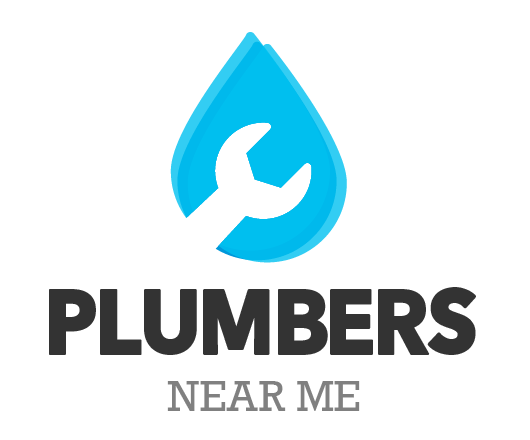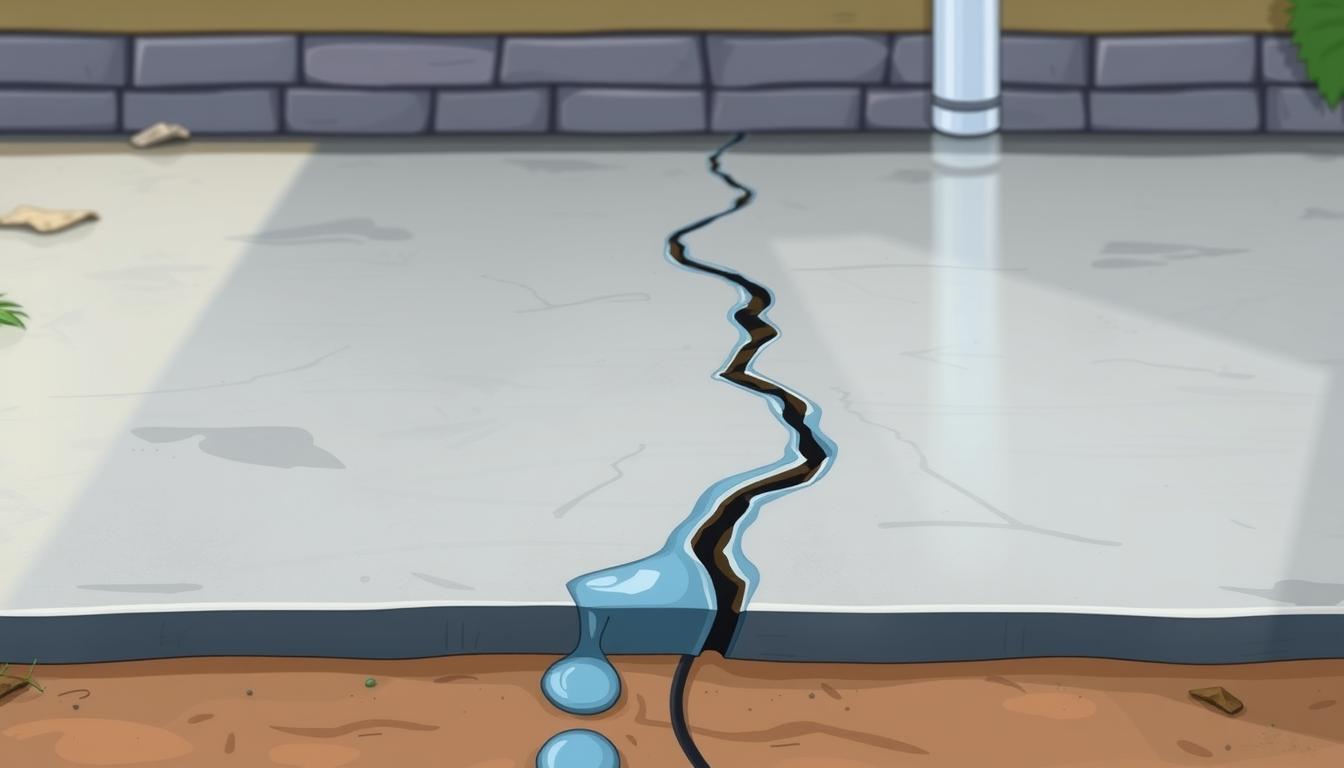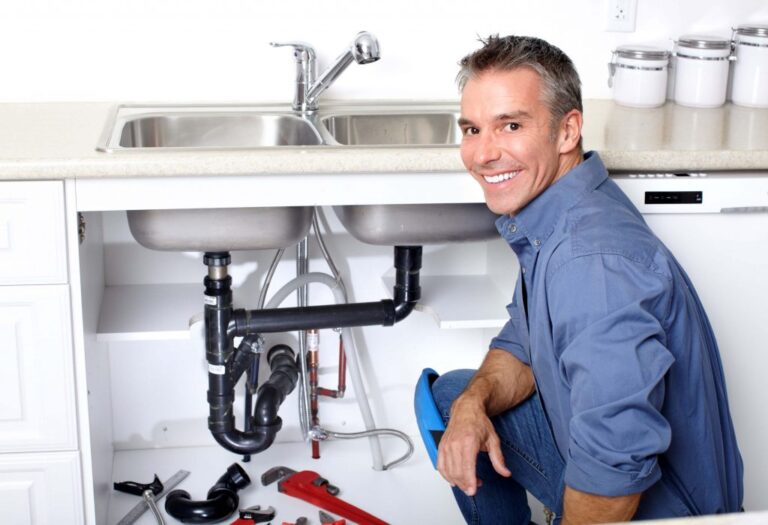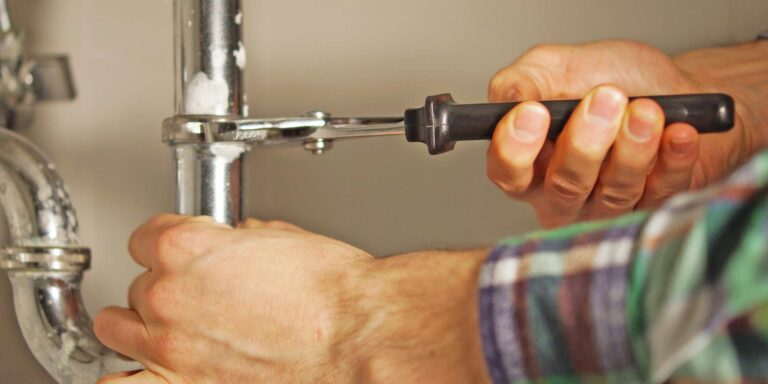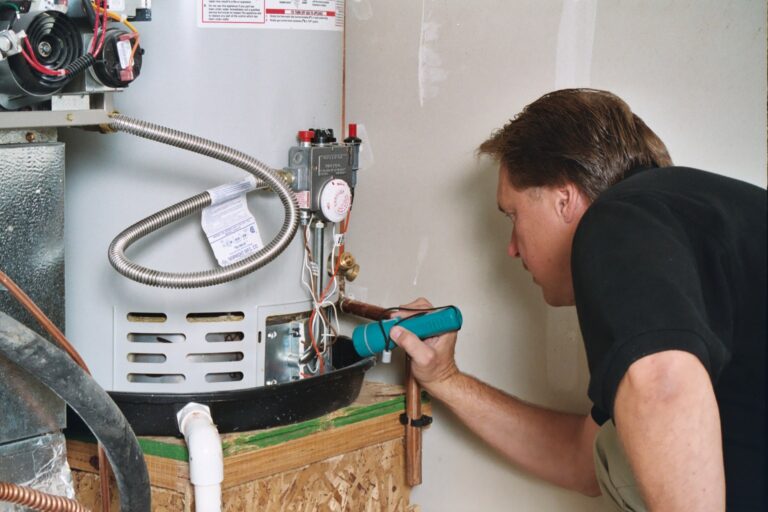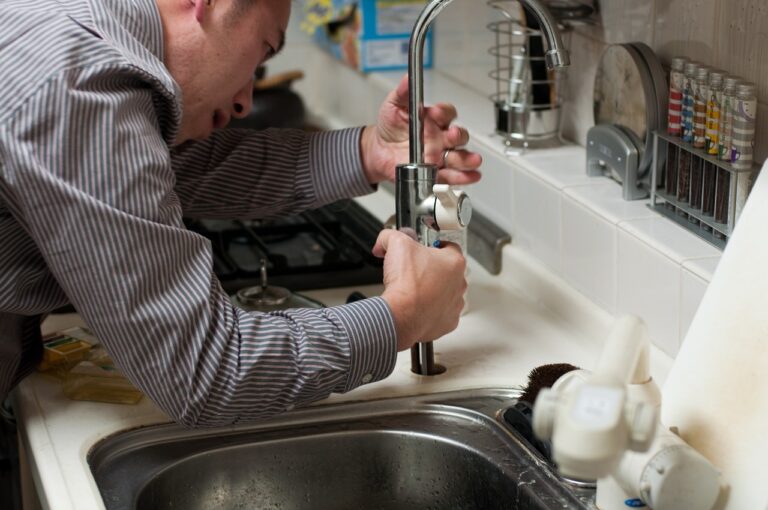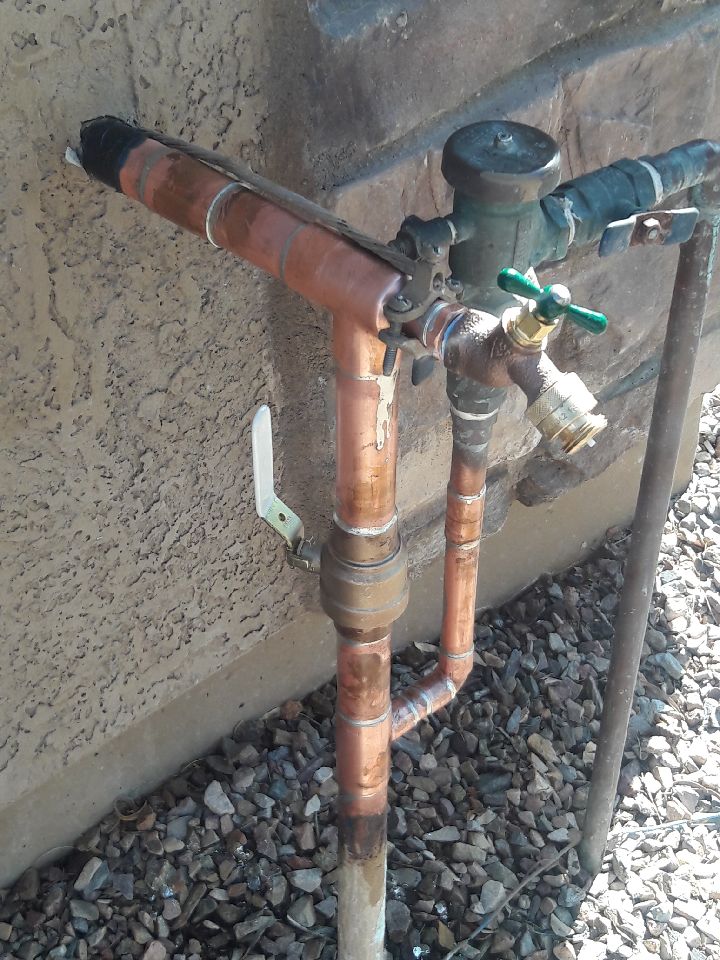7 Warning Signs You Might Have a Slab Leak
A slab leak is a homeowner’s worst nightmare. It can cause a lot of water damage and foundation problems if not caught early.
Many homeowners in the United States don’t know about the dangers under their feet until it’s too late.
It’s important to spot slab leak symptoms early. This helps prevent expensive repairs and keeps your home’s foundation strong.
In this article, we’ll look at seven warning signs of a slab leak. We aim to give you the knowledge to find and fix problems before they get worse.
Understanding What a Slab Leak Is
Slab leaks can cause serious damage and health risks if not found early. They happen when pipes under a home’s foundation get damaged.
Definition of a Slab Leak
A slab leak is a leak in pipes under a home’s foundation. These leaks are hard to find because they’re hidden under concrete.
Common Causes of Slab Leaks
Many things can lead to slab leaks. Knowing these can help prevent them. The main causes are:
- Pipe corrosion from age or chemicals
- Soil movements that damage pipes
- Poor construction, like bad insulation or wrong installation
- Abrasion from nearby materials
- High water pressure
The table below shows common causes of slab leaks and their effects:
| Cause | Description | Potential Impact |
|---|---|---|
| Pipe Corrosion | Chemical reaction or aging pipes | Leaks, water damage |
| Soil Shifts | Movement of soil around the foundation | Pipe damage, leaks |
| Poor Construction | Inadequate insulation or incorrect installation | Increased risk of leaks |
Knowing about slab leaks and their causes helps homeowners spot and fix them early.
Increased Water Bills
Unexplained increases in water bills can signal a slab leak. A slab leak can cause a lot of water loss. This leads to higher bills, even if you use the same amount of water.
To figure out if a slab leak is causing your water bills to rise, it’s key to know your water usage patterns. This means tracking your water use regularly and noticing any odd patterns.
How to Track Water Usage
Tracking your water use can help spot slab leaks. Here are some steps to follow:
- Read your water meter often to keep an eye on your use.
- Look for leaks in your visible plumbing fixtures.
- Compare your current use with past data to spot any big changes.
Understanding Baseline Consumption
Knowing your baseline water use is important for spotting slab leaks. Your baseline is the average water you use normally.
To find your baseline, look at your past water bills. This will help you see if your use is higher than usual.
Signs of a possible slab leak include:
- A sudden and unexplained jump in water use.
- Water bills that keep going up over a short time.
- Water meter readings that show use when all taps are off.
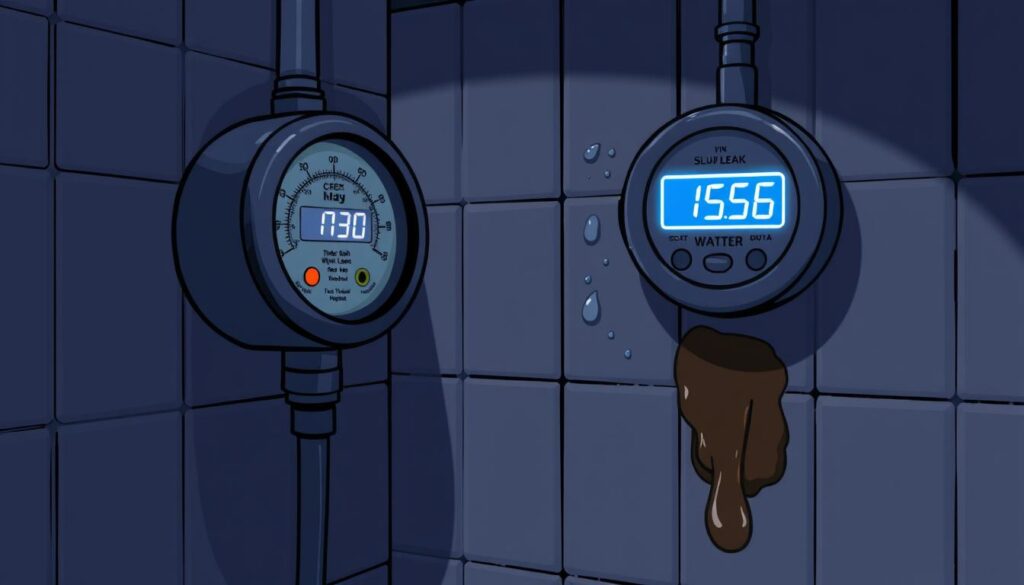
By watching your water use closely and knowing what’s normal for your home, you can spot slab leaks more easily.
Unexplained Wet Spots on the Floor
One of the key indicators of a slab leak is the presence of unexplained wet spots on your floor. These wet spots can appear without any obvious reason, leaving homeowners puzzled and concerned.
Identifying Water Accumulation
To identify if the wet spots are a sign of a slab leak, look for areas where water tends to accumulate. Check for damp or waterlogged spots on your flooring, specially in areas around plumbing fixtures like sinks and toilets.
It’s also important to inspect your flooring regularly, specially in regions prone to moisture, such as bathrooms and kitchens. If you notice water pooling or persistent dampness, it could indicate a leak beneath your slab.
What to Check in Your Home
When investigating wet spots, there are several things to check in your home:
- The condition and age of your plumbing system
- For any recent changes in water usage or bills
- The presence of water damage or warping around the wet spots
Here’s a summary of key areas to inspect when checking for signs of a slab leak:
| Area to Inspect | Signs to Look For |
|---|---|
| Flooring around plumbing fixtures | Dampness, water pooling, or warping |
| Plumbing system | Age, condition, and signs of leakage |
| Water bills and usage | Unexplained increases |
By being vigilant and regularly inspecting your home for these signs, you can detect slab leaks early and prevent more extensive damage.
Damp or Moldy Odors
One of the often-overlooked signs of a slab leak is the presence of damp or moldy odors. These smells can be a strong indicator that there’s moisture accumulation somewhere in your home. This moisture could be due to a leak beneath the slab.
Recognizing Musty Smells
Musty odors are typically associated with mold and mildew growth. This growth thrives in damp environments. If you notice a persistent musty smell in your home, it could be a sign of a water leak.
To identify the source, start by checking for any visible signs of water damage or condensation. Look under sinks and around appliances, near plumbing fixtures and pipes, and in basements or crawl spaces.
Importance of Indoor Air Quality
Indoor air quality is key for your health and comfort. A slab leak can compromise this by introducing moisture into your home’s environment. This can lead to mold growth and poor air quality.
Maintaining good indoor air quality involves addressing moisture sources and ensuring proper ventilation. Using air purifiers can also help. Improving indoor air quality can reduce allergy and asthma symptoms. It can also minimize the risk of respiratory infections and create a healthier living environment.
Foundation Cracks or Shifts
Foundation cracks or shifts can be a sign of a slab leak. This means water damage is happening under your slab. It’s a serious problem that needs quick action.
Foundation cracks or shifts are not just about looks. They show a big problem that needs fixing fast. Spotting these signs early can help avoid bigger, more expensive repairs later.
How to Identify Structural Issues
Homeowners should check their foundations often for damage. Look for cracks in walls, floors, and the foundation. Pay special attention to areas around doors and windows. These spots often show cracks because of foundation shifts.
- Check for cracks in the walls and floors, specially after seeing high water bills or hearing strange sounds.
- Look at the foundation for any signs of moving or separating from the rest of the house.
- Watch if doors and windows are hard to open or close. This could mean the foundation is moving.
The Role of Moisture on Foundations
Moisture is key in foundation cracks and shifts. A slab leak can make water gather under the foundation. This can cause the soil to expand or erode, leading to foundation instability.
Knowing how moisture affects foundations is important. Homeowners should realize that constant moisture weakens the foundation. This makes it more likely to be damaged by slab leaks.
By noticing foundation cracks or shifts and understanding moisture’s role, homeowners can act early. This helps prevent major damage from slab leaks.
Sound of Running Water
The sound of running water, even when no water is being used, is a red flag for a slab leak. This unusual noise can be a significant indicator that something is amiss beneath your home.
Distinctive Noises to Listen For
When checking for a slab leak, listen for the sound of continuous running water. This noise is often more noticeable at night when the house is quieter. The sound can vary; it might be a faint trickle or a more pronounced gush, depending on the size of the leak.
To effectively listen for these sounds, turn off all faucets, appliances, and water-using devices in your home. Then, listen carefully, specially near areas where you suspect a leak might be occurring. A helpful tip is to use a listening device or a simple tool like a long screwdriver to amplify the sound by placing one end on the floor and the other near your ear.
“The key to detecting a slab leak often lies in paying attention to the subtle sounds within your home, particular when it’s quiet.”
When to Investigate Further
If you detect the sound of running water when no faucets are on, it’s important to investigate further. Start by checking the obvious sources, such as toilets and faucets, to ensure they’re not the cause. If the sound persists, it may be wise to consult a professional plumber who specializes in detecting and repairing slab leaks.
| Signs to Investigate | Action to Take |
|---|---|
| Sound of running water when no faucets are on | Check for leaks in appliances and toilets first |
| Persistence of the sound | Consult a professional plumber for slab leak detection |
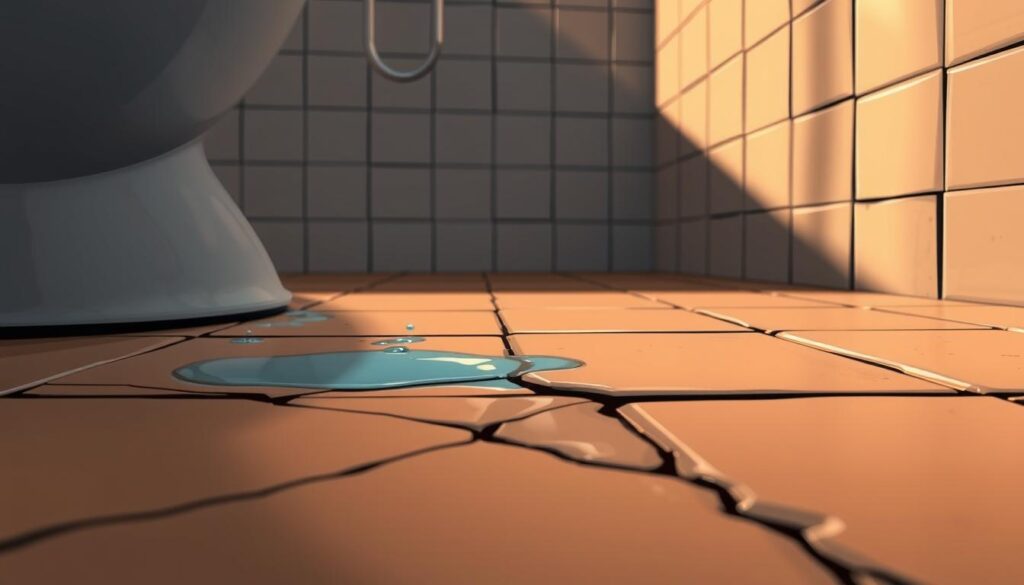
Early detection of slab leaks can save homeowners from significant repair costs and water damage. Being vigilant about the signs, such as the sound of running water, is key to maintaining the integrity of your home’s foundation.
Low Water Pressure
Low water pressure in your home is not just a minor issue. It could be a sign of a serious problem like a slab leak. If you notice a drop in water pressure, it’s important to find out why. This could mean there’s a leak under your home’s foundation.
How a Slab Leak Affects Water Flow
A slab leak can really mess with your home’s water flow. When water leaks under the slab, it can escape. This leads to lower pressure in your pipes. This lower pressure can make your plumbing fixtures and appliances work less well.
- Escaping water reduces overall pressure.
- Leaks can lead to inconsistent water temperature.
- Affected water flow can strain your plumbing system.
Testing Your Home’s Water Pressure
To see if low water pressure means a slab leak, you need to test your home’s water pressure. You can use a water pressure gauge, which you can buy at most hardware stores.
- Attach the pressure gauge to an outdoor faucet or a washing machine hose bib.
- Turn on the water supply and check the gauge reading.
- Compare your reading to the standard pressure range (typically between 40-80 psi).
For a more detailed check, talk to a professional plumber. They can look at your home’s water pressure and find any problems.
| Water Pressure Range (psi) | Interpretation |
|---|---|
| Below 40 | Low pressure; possible slab leak or other problems. |
| 40-60 | Normal range; but check for any signs of leaks. |
| Above 80 | High pressure; might need a pressure regulator. |
Understanding how slab leaks affect water pressure helps homeowners. They can spot and fix problems early, before they get worse.
Hot Spots on the Floor
Hot spots on your floor can be a sign of a slab leak. These temperature changes might seem minor but could mean a leak in your hot water line under the slab.
Why Temperature Variations Matter
Temperature changes on your floor could mean a slab leak, if it’s in a hot water line. When hot water leaks from a pipe under your slab, it warms the area. This creates noticeable hot spots.
It’s important to understand why these temperature changes are significant. Recognizing these signs early can help prevent bigger problems.
Checking Your Floors for Hot Areas
To find hot spots, try a simple test. On a cool day, walk barefoot or use a thermometer to check for warmth. Look for areas that feel much warmer than others.
| Method | Description | Effectiveness |
|---|---|---|
| Barefoot Inspection | Walking barefoot to feel temperature variations | High |
| Thermometer Use | Using a thermometer to measure floor temperature | Very High |
| Visual Inspection for Dampness | Looking for signs of dampness or water accumulation | Moderate |
Being alert to these signs can help protect your home and save on repairs. If you notice hot spots or other signs, get a professional to check it out.
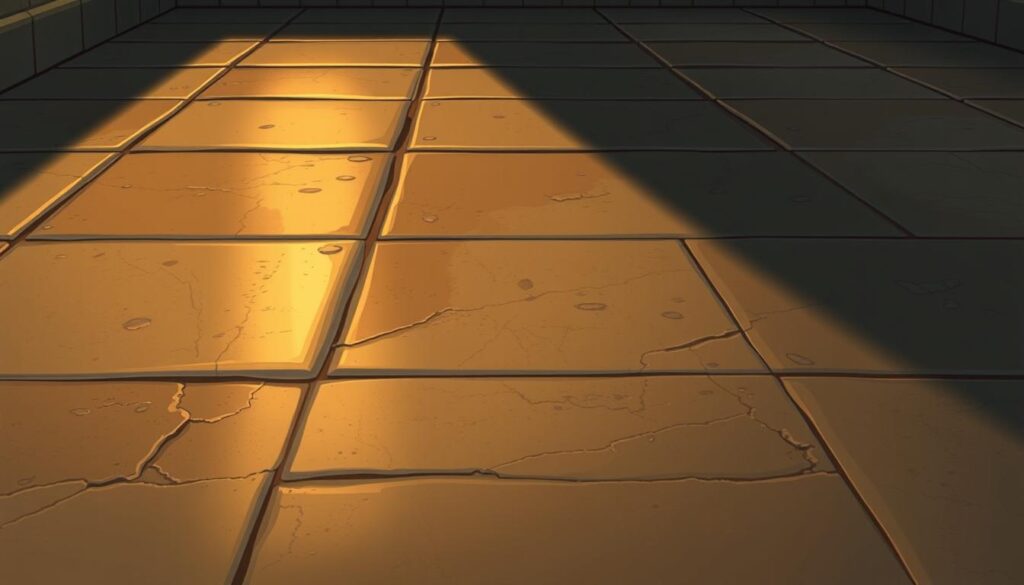
Other Signs to Watch For
There are several signs that can point to a slab leak. Knowing these can help you act quickly. Being alert to these signs can protect your home from more damage.
Increased Humidity Levels
A slab leak can make your home feel more humid. This happens because the leaking water turns into vapor, increasing moisture. You might notice your home feels more humid than usual. Or, you might see water droplets on windows and surfaces.
To check for increased humidity, use a hygrometer. This tool measures moisture levels. Your home’s humidity should be between 30-50%. If it’s higher, it could mean you have a slab leak.
Wall Stains and Discoloration
Another sign of a slab leak is wall stains and discoloration. Water from the slab can rise up walls, causing stains or color changes. These stains might look yellowish or brownish and resemble water marks.
Look at your walls often for any odd stains or color changes. If you find any, it’s a good idea to check what’s causing it.
| Signs | Description | Action |
|---|---|---|
| Increased Humidity | Higher moisture levels in the home | Use a hygrometer to check humidity levels |
| Wall Stains | Discoloration or stains on walls | Inspect walls for unusual stains |
The Importance of Early Detection
Finding a slab leak early is key to less damage. Prompt action can greatly reduce damage to your home. This saves you from expensive repairs later.
Spotting slab leaks early is more than just avoiding damage. It’s also about keeping your family safe and healthy. Leaks can cause mold, which is bad for people with breathing problems.
Benefits of Addressing Slab Leaks Promptly
Fixing slab leaks fast has many advantages. It stops water damage to your home’s foundation, walls, and floors. It also lowers the chance of mold and mildew, which harms air quality.
Early leak fixes also save water, a valuable resource. By fixing leaks quickly, you save on water bills and help the environment.
Long-term Cost Savings
The financial gains of finding slab leaks early are huge. Fixing leaks fast avoids expensive repairs from water damage. It also cuts down the cost of fixing damage by reducing its extent.
Experts say early detection is vital to avoid the high costs of slab leaks.
“The sooner you detect and address a slab leak, the less likely you are to incur significant repair costs,” says a leading plumbing professional.
In summary, finding slab leaks early is very important. It keeps your home safe, your family healthy, and saves money on repairs.
Professional Assessment
A professional assessment is key to confirming a slab leak and determining the best course of action. Homeowners must understand the importance of seeking expert help when dealing with suspected slab leaks.
When to Call a Plumber
If you’ve noticed signs like increased water bills, unexplained wet spots, or damp odors, it’s time to call a plumber. Slab leak detection is not a DIY task; it requires specialized equipment and expertise.
Delaying the call to a plumber can lead to more extensive damage, higher repair costs, and health hazards due to mold growth. A professional plumber can assess the situation, identify the leak’s location, and recommend the necessary repairs.
What to Expect During an Inspection
During a slab leak inspection, the plumber will start with a visual examination of your home’s plumbing system. They will look for signs of leaks or water damage. They may use specialized equipment, such as acoustic listening devices or infrared cameras, to detect the leak’s location.
The inspection process may involve:
- Checking water meters for unusual usage patterns
- Using cameras to inspect inside pipes
- Conducting pressure tests to identify leaks
| Inspection Method | Description | Benefits |
|---|---|---|
| Visual Examination | Initial assessment of visible plumbing and signs of water damage | Quick identification of possible issues |
| Acoustic Listening Devices | Detection of sounds indicating water leaks behind walls or under slabs | Precise location of leaks without invasive procedures |
| Infrared Cameras | Thermal imaging to detect temperature differences indicating water presence | Non-invasive and accurate detection of hidden leaks |
By understanding what to expect during a professional inspection, homeowners can be better prepared to address slab leaks promptly and effectively. How to spot slab leaks becomes less of a challenge when you have the right professionals on your side.
Conclusion: Don’t Delay Repairs
Spotting a slab leak early is key to saving your home. Look out for signs like higher water bills, wet spots, and musty smells. These signs mean you should act fast.
Key Indicators to Watch For
Watch for cracks in your foundation, sounds of running water, low water pressure, and warm spots on the floor. These signs could mean you have a slab leak.
Next Steps for Homeowners
If you think you have a slab leak, call a professional plumber right away. They’ll check your home and tell you what repairs are needed. Fixing it quickly can save you a lot of money and keep your foundation strong.
Being quick to spot a slab leak can really help you save money and time. Keep an eye out for any odd signs. And don’t wait to get help from a pro if you see something strange.
